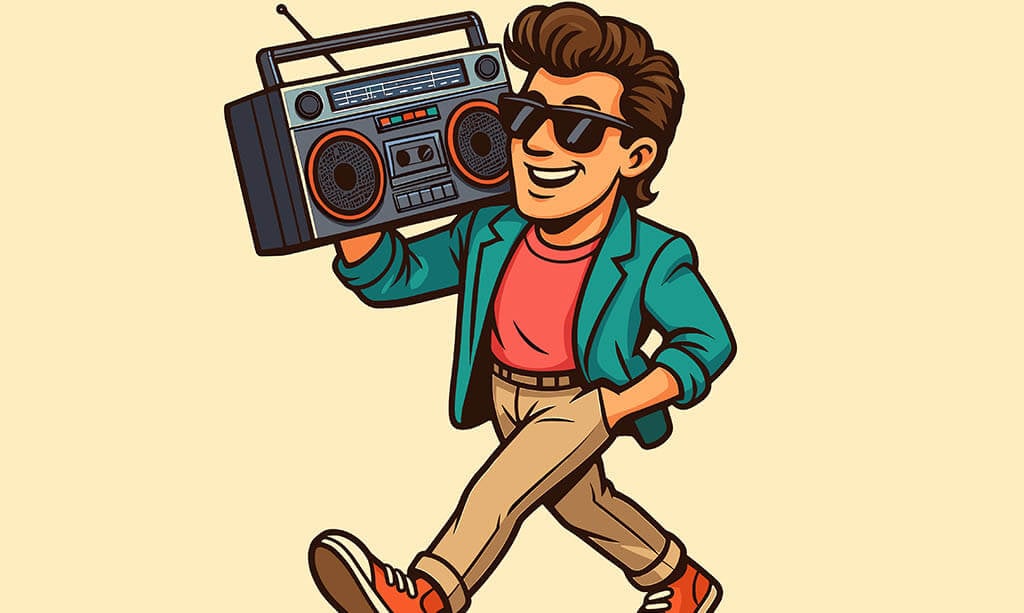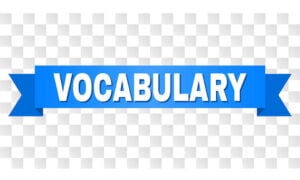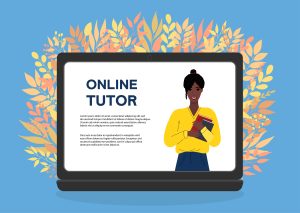Pop culture transforms boring ESL lessons into exciting learning experiences. When students connect with familiar songs, movies, and social media content, they absorb English naturally while staying motivated. Here’s how to use pop culture effectively in your ESL classroom.
Why Pop Culture Works for ESL Students
Authentic Language Exposure: Unlike textbook dialogues, pop culture shows how native speakers actually communicate with natural speech patterns, slang, and contemporary vocabulary.
Emotional Connection: Students learn faster when they’re emotionally engaged. Analyzing favorite songs or TV shows creates memorable learning moments that stick.
Cultural Context: Pop culture teaches unspoken cultural rules, humor, and social cues essential for real fluency.
Motivation Boost: Students participate more actively when lessons include content they already enjoy outside class.
ESL Pop Culture Implementation Tips
Start Small: Add 10-15 minutes of pop culture content per lesson. Gradually increase as students respond positively.
Know Your Students: Survey interests and demographics. Teenagers respond differently than adult professionals – tailor content accordingly.
Preview Everything: Check for appropriate language and cultural sensitivity. Align all activities with specific learning objectives.
Balance Structure: Maintain clear educational goals. Pop culture should enhance learning, not just entertain.
Common ESL Teacher Concerns Addressed
“Too Informal for Academic English?” Pop culture teaches authentic communication while building analysis skills. Explicitly contrast informal and formal registers to develop complete language competency.
“Content Changes Too Fast?” Focus on enduring elements: classic songs, iconic movies, established social media formats. Teaching analysis skills transfers to any new content.
“Not Academic Enough?” Pop culture analysis develops critical thinking, cultural literacy, and media interpretation – all essential academic skills.
ESL Pop Culture Best Practices
Choose Wisely: Select content matching student age, interests, and proficiency levels. What works for teens may not suit business professionals.
Set Clear Objectives: Every activity should target specific language skills – vocabulary, grammar, pronunciation, or cultural competence.
Encourage Student Input: Let learners suggest songs, shows, or trends they want to explore. This increases investment and relevance.
Connect to Real Life: Show how pop culture analysis transfers to academic writing, professional communication, and daily interactions.
Conclusion: Making ESL Lessons Unforgettable
Pop culture isn’t entertainment disguised as education – it’s authentic language learning that prepares students for real-world English use. When ESL students analyze song lyrics, discuss movie themes, or decode social media trends, they develop the same critical thinking and communication skills needed for academic and professional success.
Start incorporating pop culture gradually, maintain clear learning objectives, and watch student engagement soar. The most effective ESL classrooms reflect the dynamic, connected world students navigate daily.
Ready to transform your ESL lessons? Begin with one pop culture activity this week and observe the difference in student motivation and participation. You can find plenty of such lesson plans in our art/fashion section.
Have a great day 🙂
Luke
Our website was featured in the article titled: “31 English Conversation Activities for Adults (All Levels!)”, published on Twinkl’s educational platform. Visit the publisher’s site to explore free educational resources.”






